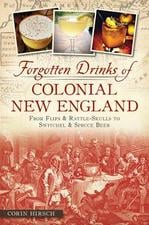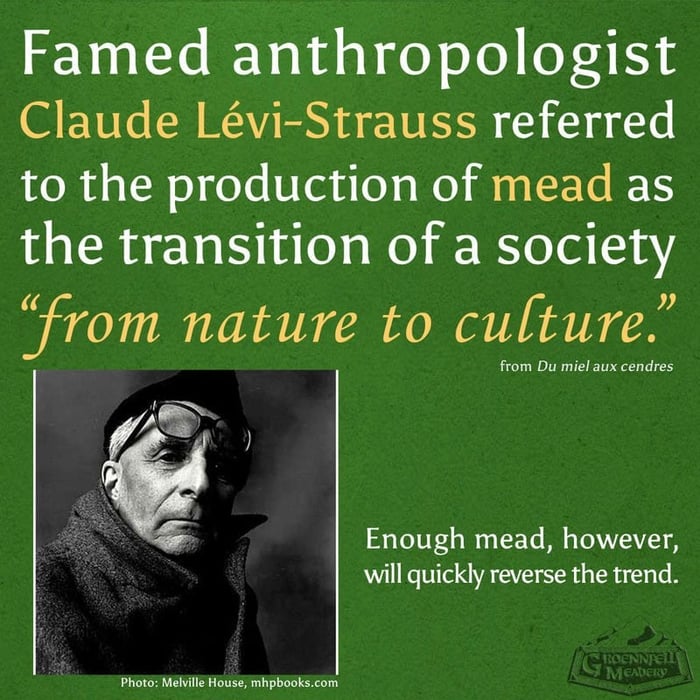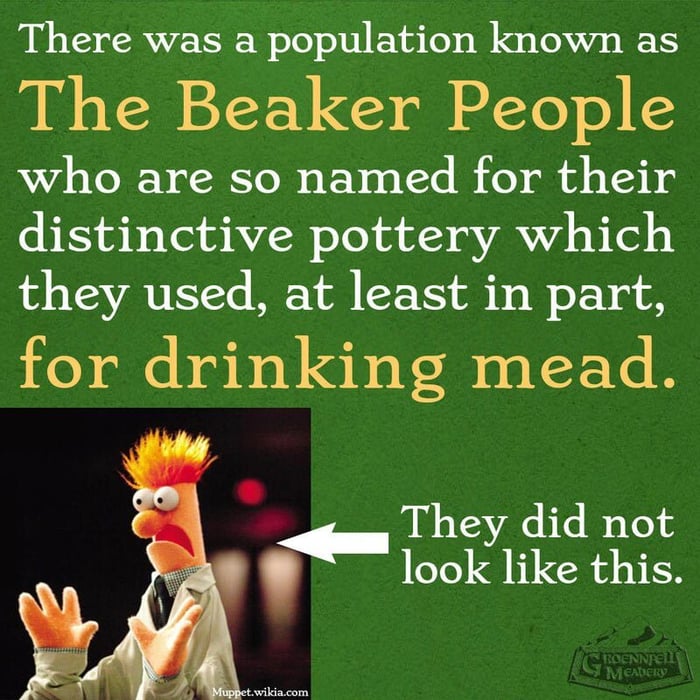So, thanks to Amazon Prime and their pre-order guarantee, we received our copy of Forgotten Drinks of Colonial New England on the very day it became available for purchase. Three hours later, everyone at Groennfell Meadery had finished reading it.
Let’s talk about who needs to own this book. You do. Well, you do so long as you fit one of the following descriptions:
- You are always searching for new inspiration for your brewing and/or mixology.
- You are a geek who has a library of modern and historical brewing texts.
- You are concerned from time to time that you perhaps overindulge, and you would love to have evidence of a population that makes James Bond look like a Mormon Elder.
Conveniently, the above is a working description of every staff member of Groennfell Meadery.
The Highlights:
- Favorite Historic Drink Name: Whistle-Belly Vengeance
- Worst Sounding Recipe: Whistle Belly Vengeance; Simmer soured beer in a kettle, add molasses and stale rye bread, drink as hot as you can stand.
- Favorite Recipe We’ve Tried: Hot Buttered (Maple) Rum
- Favorite Fact: After the Revolutionary War, the average alcohol consumption of an American older than 15 was 5 gallons of spirits, 34 gallons of beer, 1 gallon of wine, and huge quantities of cider per annum. It works out to roughly two shots, two mugs of beer, a glass of wine, and three mugs of cider per person per day.
- Favorite Quote: “They are seldom known to be drunk, though they are very often boozy, cogey, tipsy, foxed, merry, mellow, fuddled, groatable, confoundedly cut, see two moons; are among the Philistines, in a very good humor, see the sun, or, the sun has shone upon them; they clip the King’s English, are almost froze, feverish, in their altitudes, pretty well entered, etc. In short, every day produces some new word or phrase which might be added to the vocabulary of the tipplers.” Benjamin Franklin, writing under his pseudonym Mrs. Silence Dogood
Disclaimers:
- We know the author, but she doesn’t know we have her book. This is very much not a paid review.
- Since Colonial New Englanders consumed relatively little mead, there is relatively little about it in the book.
- In the words of the author, “This book is not intended to be scholarly – instead, it’s a romp through colonial drinks, their origins and how they’re made and blended.” This is not intended to be a textbook.





